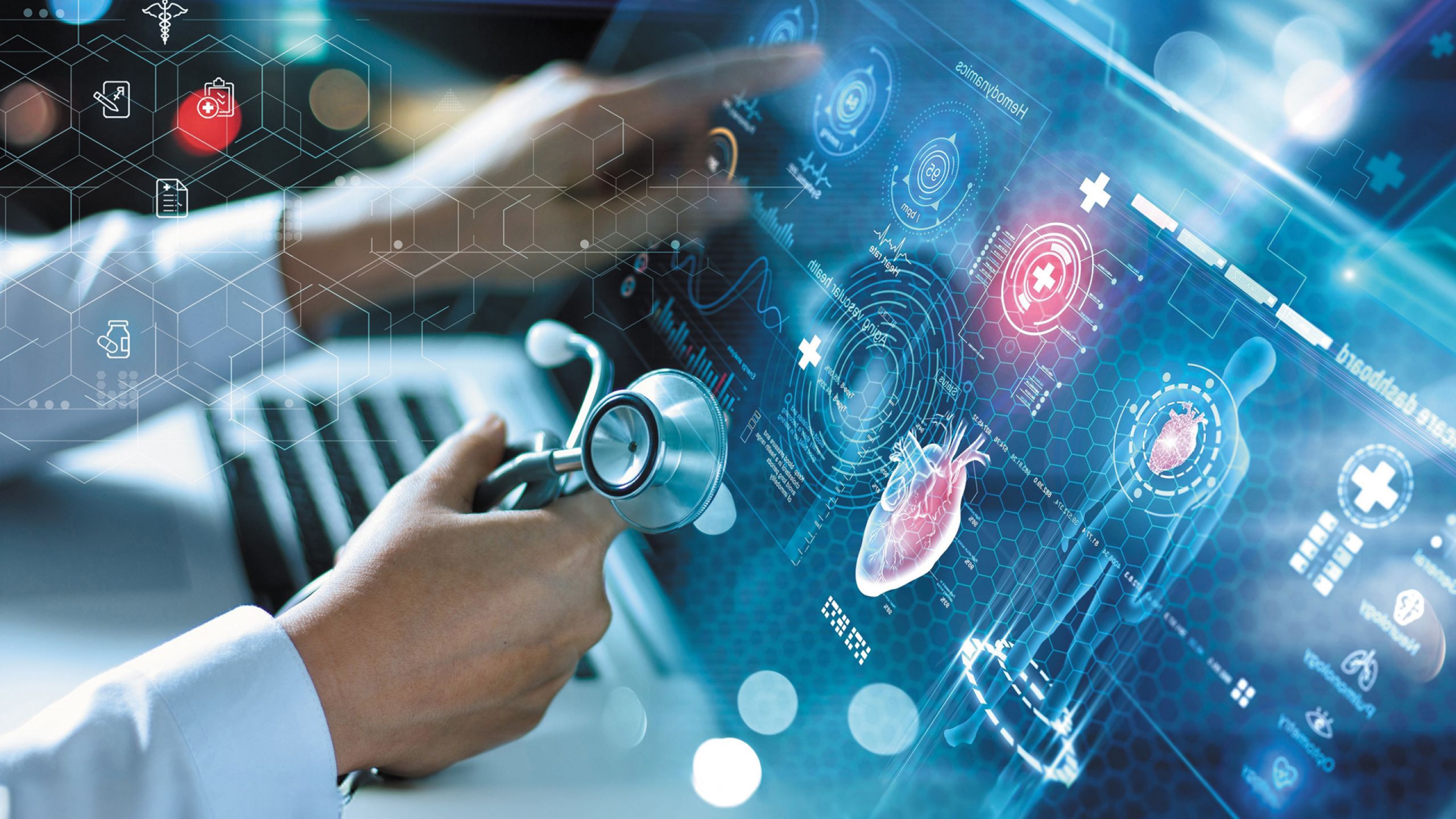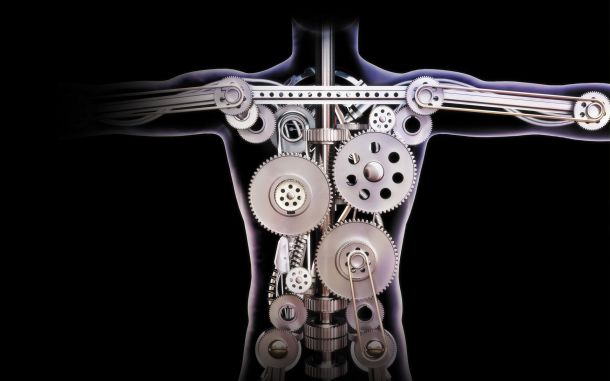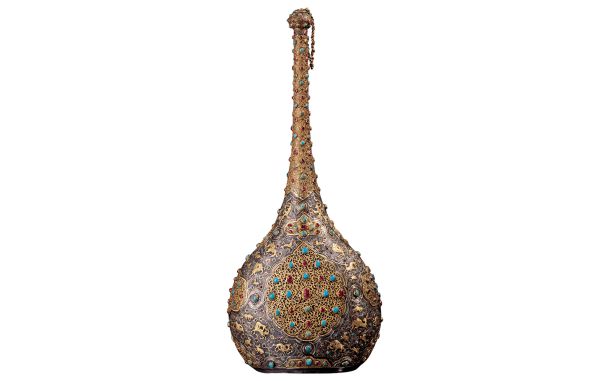Silent Messages

In This Article
-
I see medicine as a way of understanding the messages coming from creation. Each organ has its unique language, and if we know this language, we can understand what it is saying.
-
The human body is such a wonder that years at medical school is not enough to learn all nuances of its peculiar language, so we continue our education to specialize in each organ.
The emergency room shift that evening was quite calm. We were drinking coffee and chatting in the doctors’ room. Michael, a young doctor who had started in the department only two weeks ago, had already adapted to the new environment. He was asking me questions, as I was his senior shift partner. At that moment, there was a knock on the door and the nurse said we had a patient. Michael and I followed her. The patient was lying on the bed. His face showed clear signs of suffering. I introduced Michael and myself and started talking with the patient. Michael started listening and taking notes.
The 52-year-old male patient had come in with left arm pain that started a few hours ago. According to the patient, he had been chopping wood in the garden that day and had strained his arm significantly. I asked the patient about the nature of his pain, whether he had experienced similar pain before, if he had been diagnosed with any other illnesses, his alcohol and tobacco consumption, and if there were any family members diagnosed with heart disease or who had died at a young age.
It seemed that the pain might have been muscle and joint-related due to straining his arm, but considering the risk factors in his history, the pain could also be heart-related. The next step was to listen to his body and see what it would tell us.
In such situations, I compare myself to a detective searching for evidence. Meanwhile, we began examining the patient. I first examined his arm, listened to his chest and back with a stethoscope, and then checked his legs. After finishing the examination, we decided to perform an ECG (electrocardiography) test on the patient. I quickly filled out the laboratory request form.
Michael brought the ECG machine, placed electrodes on his arms, legs, and chest, and pressed the button. As the machine worked, a long strip of paper began to emerge. As I examined the paper, I said, "Look, there's an ST elevation in the V4-V6 leads.” This indicated that our patient was having an acute myocardial infarction (heart attack) and the front part of the heart is affected by this condition.
“Let's inform the angiography unit immediately so they can take over the patient." Then I had a brief phone conversation with the relevant department. The angiography team arrived within minutes and took the patient away. As we walked back to the doctors' room, we felt glad about being able to help a critically ill patient in time. Shortly after, we received a call from the laboratory informing them that the patient's test results were also alarmingly high.
I thought to myself that the patient's tissues are almost talking to us in their own language; they were affirming the heart attack diagnosis. I see medicine as a way of understanding the messages coming from creation. Each organ has its unique language, and if we know this language, we can understand what it is saying. The human body is such a wonder that years at medical school is not enough to learn all nuances of its peculiar language, so we continue our education to specialize in each organ.
If you place a stethoscope on a patient’s chest as a layperson and listen to the heart, it will give some rhythmical “tick-tock” sounds. To an expert ear, however, it whispers about a stenosis, insufficiency, or a hole between the ventricles or atria. With the ECG, which helps us diagnose, we measure the electrical activity of the heart. This allows us to evaluate not only the rhythm and rate of the heart but also signs of an acute or past heart attack. In recent years, advancements in the electrophysiological studies of the heart have been so significant that this area has become a standalone field to study.
We examined the enzymes and proteins from the heart muscle cells in the patient's blood, which indicated muscle damage. These biomarkers also brought us news from the cells. Based on their levels, we confirmed that the patient had a heart attack. By analyzing these values, we could even estimate the approximate duration of the condition.
There are other methods used to see the condition of the heart. Echocardiography, which uses ultrasound waves, assesses the anatomical structure of the heart, including the valves, ventricles, and atria, and determines how well the heart performs its pumping function through measurements. In a scintigraphy test, they check for the presence of live tissue in the relevant heart region. Angiography examines the blood vessels supplying the heart to determine where any narrowing occurs and whether to place a stent or use surgical methods such as a bypass.
In every department, there are specialized examination methods, specific tests, and analyses tailored to communicate with relevant organs. For instance, the examination and diagnostic methods used for the neurological system are very different from those used in other departments. There are special devices for evaluating the brain. An EEG (electroencephalography) measures the brain's electrical waves to diagnose diseases affecting brain functions. While the test results might appear as complex curves to other doctors, to neurologists who understand this language, those waves convey meaningful messages.
The work of forensic medicine doctors is fascinating in a unique way. Their witnesses cannot speak, yet they can determine the cause and even the time of death, through the “testimony” of the organs and tissues examined during an autopsy.
This “testimony” makes me think of how we use our body and organs in this world and how we will be asked about it in the next: “… their ears, and their eyes, and their skins will bear witness against them as to all that they did habitually” (Qur’an 41:20); “That Day, We will set a seal upon their mouths, and their hands will speak to Us, and their feet will bear witness to what they earned (in the world) (Qur’an 36:65).
Deepening our reflections in this respect, I cannot help but think this: Just as we can detect traces of diseases years later through antibodies produced in the blood from infectious diseases, is it possible to talk about the spiritual traces left by sins?"
When two of his companions were backbiting their friend, Prophet Muhammad (peace be upon him) told them that he could see the flesh of their brother between their teeth. This suggests that sins do leave some spiritual marks. The Prophet also said, “A black spot appears on the heart of a person who commits a sin. If he repents, that stain is erased. If he continues to sin without repenting, the stain grows and eventually covers his entire heart, making it completely black.” Sins, much like untreated or repeatedly occurring diseases that become chronic and more resistant to treatment, also cause spiritual damage when they become “repeated/chronic sins.” Just as some diseases can be treated and heal without leaving any marks, sincere repentance can erase the stains on the spiritual heart.
These were my reflections after helping a patient by studying the available signs. Perhaps a doctor’s contemplation should be like this. Just then, there was a knock on the door. A nurse had come to inform me that there was a new patient waiting in the emergency room. I stood up immediately.








